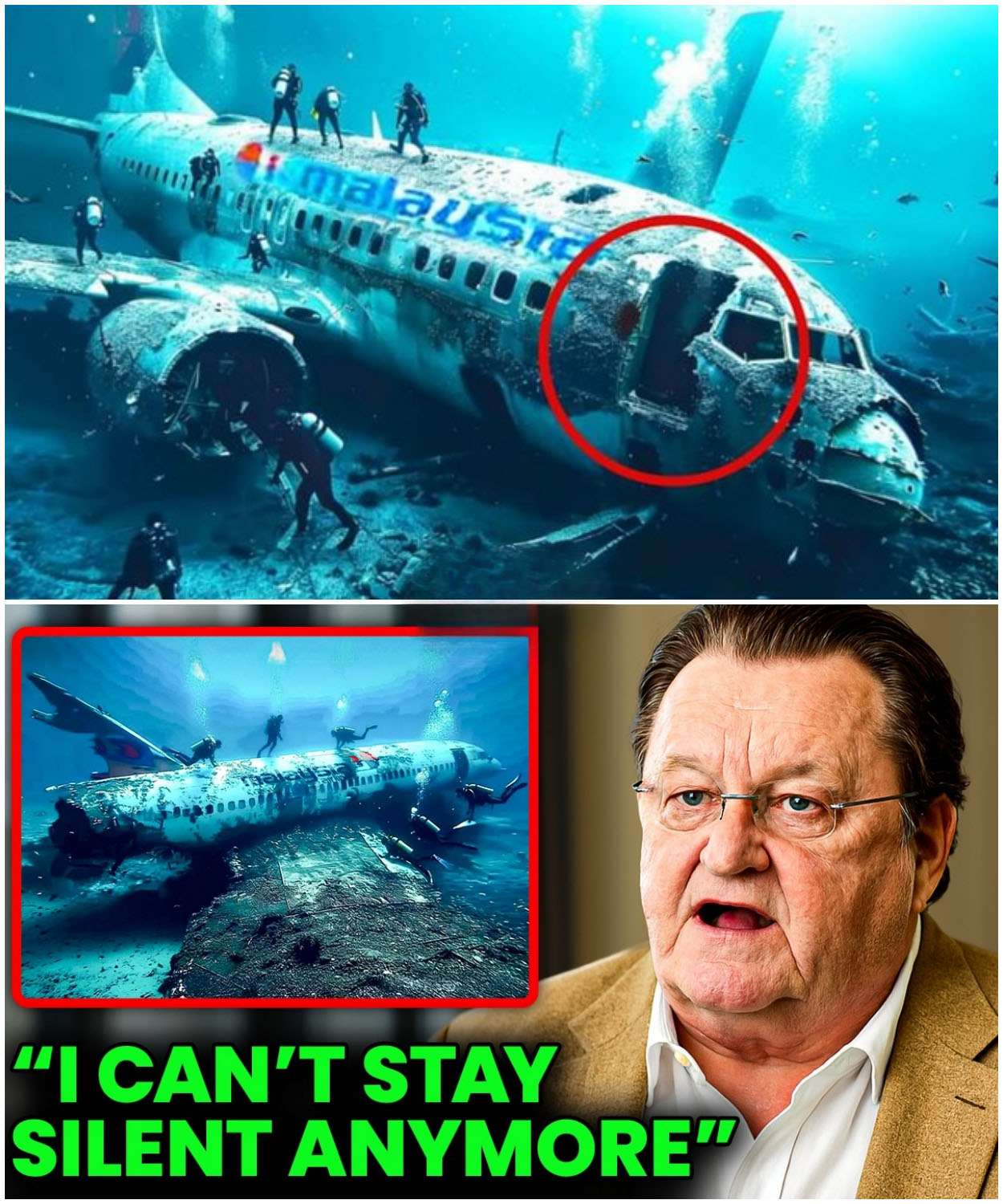On March 8, 2014, Malaysia Airlines Flight MH370 vanished from radar screens while carrying 239 passengers and crew, instantly becoming one of the greatest unsolved mysteries of modern aviation. The flight, which departed from Kuala Lumpur en route to Beijing, made its last voice contact with air traffic control less than an hour after takeoff, and just minutes later it disappeared completely from civilian radar.

There was no distress call, no immediate evidence of wreckage, and no survivors—only silence and confusion that quickly escalated into a global mystery. Over the years, dozens of nations contributed to search efforts across the Indian Ocean, deploying satellites, sonar systems, aircraft, and ships in one of the largest and most expensive searches in history, costing more than $200 million. Yet despite the massive resources and advanced technology, the wreckage of MH370 has never been definitively located, with only a few pieces of debris washing up years later on distant coastlines, far from the suspected crash site. For families, it has been over a decade of limbo, torn between hope and despair, waiting for answers that never come.
Now, in a development that has reignited worldwide debate, retired British engineer Richard Godfrey has announced that he believes he has finally solved the mystery using a little-known method based on faint radio waves. Godfrey, who spent years studying the case after retiring from a career in engineering and radio communications, turned his attention to an obscure tool known as Weak Signal Propagation Reporter (WSPR) networks. These networks, maintained by amateur radio operators across the globe, monitor and record ultra-weak radio signals as they bounce between stations. In essence, they create a kind of invisible net of radio “tripwires” encircling the planet.
Godfrey theorized that as MH370 flew that night, the aircraft would have disturbed these delicate signals in detectable ways. By meticulously analyzing thousands of WSPR data points from March 8, 2014, he claims to have reconstructed the flight’s path and identified the exact spot where the plane lies. According to his findings, MH370 traveled south for several hours before ultimately crashing into a remote and previously unsurveyed section of the southern Indian Ocean. His report includes detailed maps, time-stamped data, and analyses of the disrupted signals that he says corroborate his conclusion. Godfrey has shared his work with international search organizations and is urging authorities to launch a new search effort targeted at the coordinates he has identified. His claim has stunned observers and reignited hope that the mystery might finally be resolved.
Still, not everyone is convinced. Many scientists and aviation experts caution that WSPR data may not be precise enough to pinpoint an aircraft’s movements, given that radio waves are susceptible to interference from weather, atmospheric shifts, and other variables. Some argue that the technique, while creative, cannot be relied upon as a scientific foundation for such a costly and high-stakes mission. Others, however, see promise in Godfrey’s approach. After more than a decade of failed searches and no definitive progress, some leaders in the aviation community believe even unconventional methods deserve serious consideration. They argue that the potential payoff—finally providing closure for families and solving aviation’s most haunting puzzle—is worth the risk of exploring new ideas. For the families of those on board, the announcement brings mixed emotions.
On one hand, Godfrey’s claim is a spark of hope that they might finally learn the truth about what happened on that tragic night. On the other hand, years of false leads and disappointments make many wary of embracing yet another theory that might lead nowhere. Advocacy groups representing the families have already begun urging governments and search agencies to carefully evaluate Godfrey’s evidence and to commit to at least one more search mission, arguing that closure after more than a decade of waiting is a moral obligation. The question now is whether authorities will act. If they launch a new search and Godfrey is proven correct, the discovery would not only solve a painful mystery but also mark a breakthrough in how lost aircraft are tracked using unconventional technologies. If the search fails, however, it risks reopening wounds and fueling skepticism. Regardless, his bold claim has thrust MH370 back into the global spotlight and reminded the world that the case remains unsolved.
The story of MH370 is far from finished, and Richard Godfrey’s innovative use of WSPR networks has breathed new energy into the quest for answers. Whether his theory will stand up under scientific scrutiny is still uncertain, but it has challenged experts to think differently and sparked renewed public pressure to keep searching. As families continue to wait for closure and the world watches closely, one question lingers above all: is this the long-awaited breakthrough that will finally reveal the truth, or just another chapter in a saga defined by heartbreak and unanswered questions? Until the wreckage is found, MH370 will remain one of the most haunting mysteries in aviation history, but perhaps, just perhaps, the answer lies waiting in the uncharted waters of the Indian Ocean.





